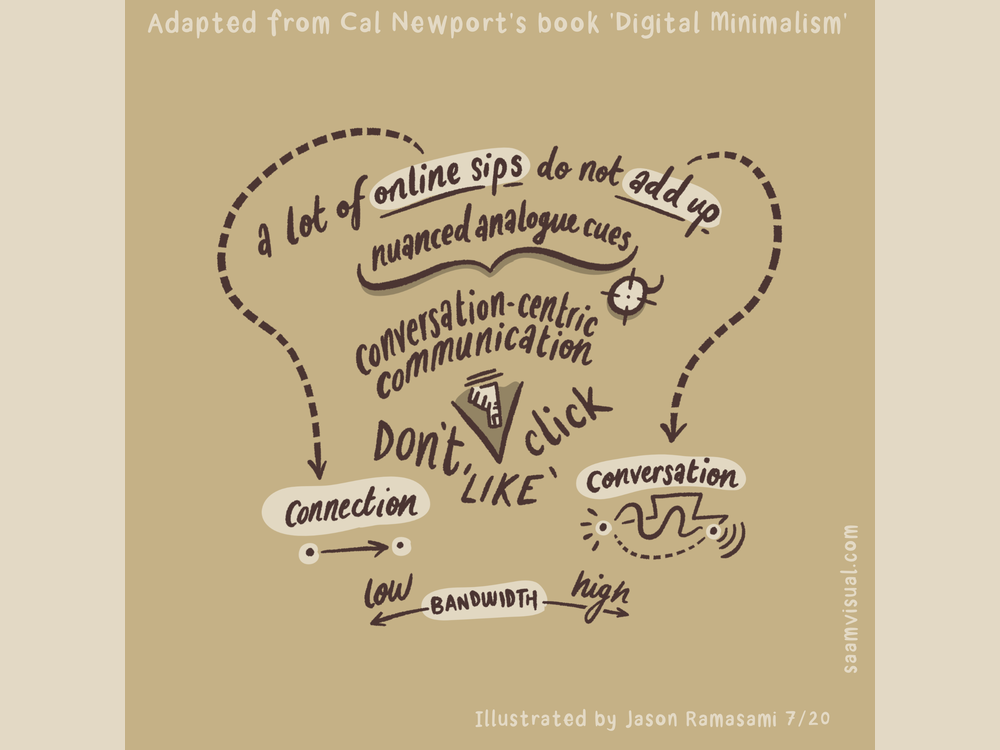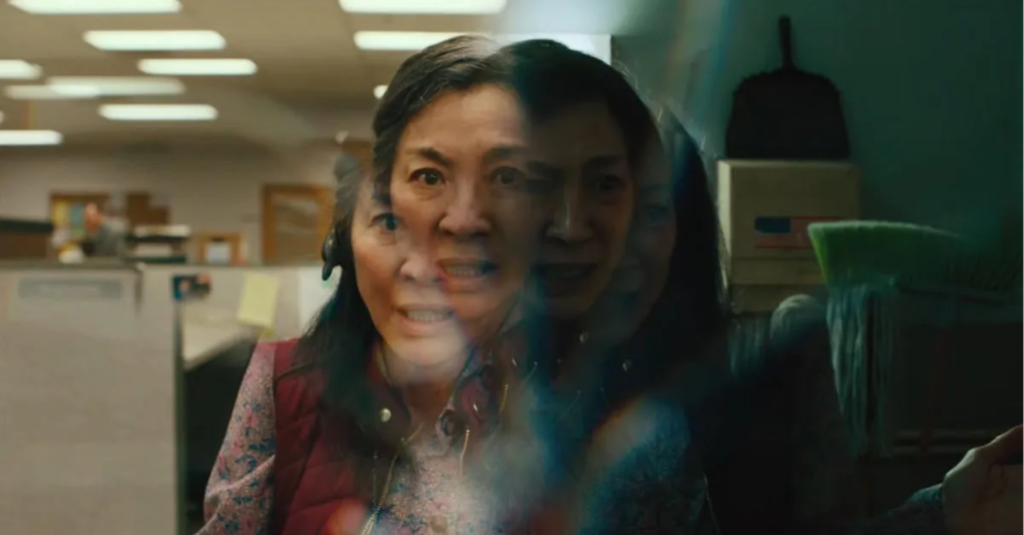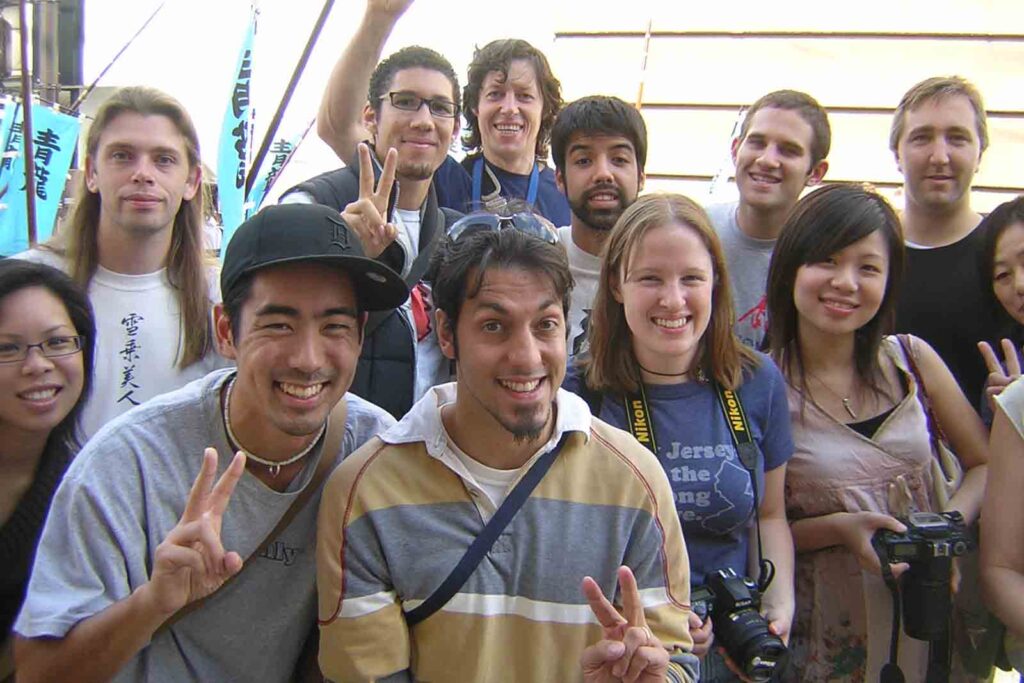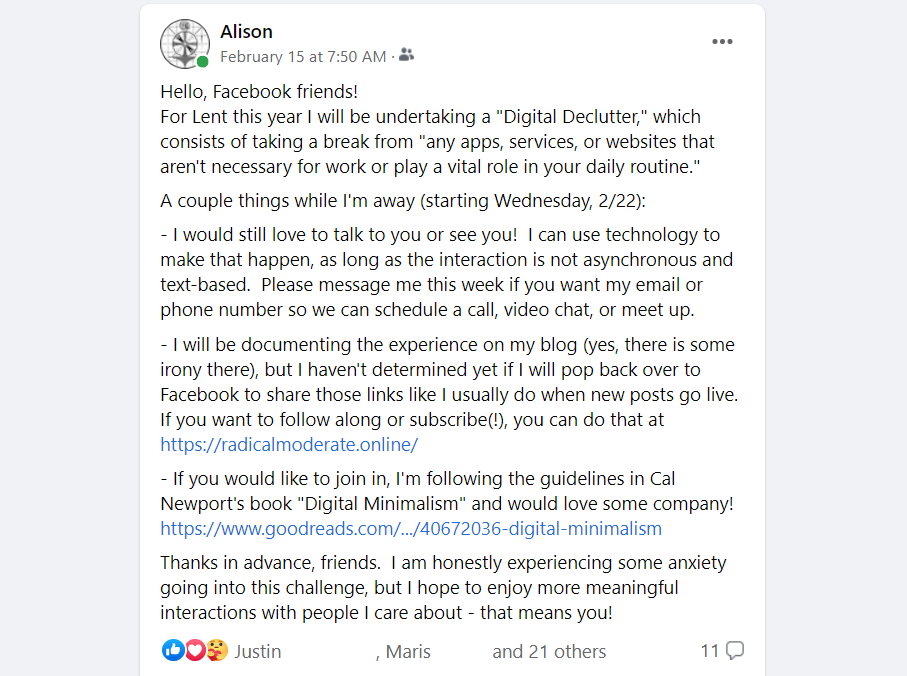Don’t Click Like
We’re now more than two weeks into Lent and four weeks out from Easter. The intensity of my work weeks has consistently ramped up during this experiment, continuing to make me unsure whether I am truly less bothered than I originally anticipated by this digital detox or whether I’m actually so much more exhausted than usual on evenings and weekends that I truly need legitimate decompression time. My anecdotes as a sample set of one are hardly going to be convincing or compelling, especially to readers who have anxiety about stepping back social media use. If only there were some scientific studies to determine trends around social media usage and mental health… (spoiler alert: there are).
The second of four approaches for a healthier relationship with technology described in Cal Newport’s book Digital Minimalism [1] is “Don’t Click Like,” a reference to the flattened types of interactions we experience on social media platforms, where a simple click to indicate approval (or other type of emotion) replaces the much more robust, nuanced forms of interaction our brains have evolved to process. The theory behind this approach hinges on the concept that given a finite amount of time in our lives, the choice between digital and analog communications is ultimately a zero-sum game: any time we spend on social media platforms or texting eliminates opportunities for more meaningful interactions.
Ticking away the moments that make up the dull day
I often talk about how time is the most precious non-renewable resource we have available to us, even if only to remind myself of that concept. As a Myers-Briggs ENFP, [2] I often think of things I’m going to do “someday,” and as excited as I get about those possibilities, on some level I know that these things are not actually going to happen unless I make sure they do. It has been an extremely hard lesson for this unreasonably time-challenged optimist to learn – and I’m still learning it, though I have noticed a shift in the past few years.
Maybe it was a subtle recognition of slow but steady changes over time (to myself, my husband, my parents, my cat…), maybe it was being thrust into a global pandemic at the beginning of 2020, or maybe it was a little from Column A and a little from Column B. Whatever the reason, I really feel like I’ve had a much greater awareness of mortality over the last few years. And along with that has come a shift in my view of time and the finite nature of what is available to me … as well as how I wanted to spend it.

Image credit: [3]
It’s a rare opportunity to be able to travel both diverging roads in a yellow wood, [4] but that never stopped me from thinking that I could. Becoming more aware of my finite time and finite choices makes the choices we do make all the more precious and meaningful. Pondering the zero-sum nature of our social media behaviors in Digital Minimalism had me pulling plenty of other books off my shelf this week, including Einstein’s Dreams, [5] which (among other concepts) mused on the prospect of reduced agency and free will during an infinite lifetime, and The Silmarillion, [6] in which many of the immortal elves envied “the Gift” given to mortal men by Ilúvatar: being free from the world’s destiny and having the ability to shape their own lives as they wished.[7] While having a finite, mortal life is not something many of us like to consider, it does vastly increase the value of our time, energy, and attention, since we don’t have the ability to do infinite things over an infinite timeline or skip through the multiverse like Michelle Yeoh (good luck tonight!) [8],[9]
Cal Newport explained in the “Spend Time Alone” chapter that time away from others makes time with them more precious. Given that context, it’s not surprising that concurrent with increased awareness of our mortality, courtesy of COVID-19, there was an extreme ramp-up of social media use in early 2020 – at least for me, but I can assume for others as well. Trapped at home, unable to see friends in person, and uncertain when (or if) we would again, we all made use of alternative tools to stay in touch. Zoom was brand new to me when I used it for a job interview from Sapporo in February 2020, but it was business as usual two weeks after I started that job in March. The increasingly digital world has been a boon to us in many ways (I don’t know how people in 1919 managed), but massive amounts of digital interaction time is confusing to our brains. Zoom, Skype, Hangouts, Facetime and anything else that still allows for a natural conversation is far less of an issue. It is the emails, text messages, and social media posts, with their comments and reactions that pose a much bigger problem.
Junk food for the brain
The “Don’t Click Like” chapter in this book opens with a description of the USA Rock Paper Scissors League 2007 title match. (Yes, I looked it up on YouTube, and it actually happened.[10]) While rock-paper-scissors seems like a game of chance, there is actually some strategy there – I can attest to that, having taught elementary and middle school in Japan for two years, where seemingly everything was settled by jan-ken-pon.[11] When you’ve played it enough with the same people, you start to recognize their patterns and “tells”; one of the techniques used at the pro level is subliminal priming, which involves subtly planting ideas in your opponent’s head to influence their throw.

Image credit: [12]
The reason for this particular example was to demonstrate just how rich and nuanced interpersonal communication is. Our brains have evolved over millennia to process massive amounts of information tied to social interaction – information that gets severely flattened and simplified on social media platforms, frequently reduced to 1-bit reactions, such as clicking the “like” button. The unfortunate thing for our brains is that, while they are hard-wired for human interaction, they’re not equipped to make sense of the tools we’ve developed over the past 20 years. That’s why we’ll often see people pull out their phones to respond to a text in the middle of a conversation with the human being in front of them – our brains have trouble differentiating between online and offline interactions, but that doesn’t mean there aren’t negative impacts associated with the former.
As always, I encourage you not to take my word for it – or even Cal Newport’s. He describes several studies that have been conducted over the years to examine the relationship between social media use and mental health. Unsurprisingly, Facebook touted some research demonstrating that “when used properly,” social media can make us feel more connected. For example, receiving a message composed just for and sent just to you by someone you know well is correlated with improved wellbeing, while getting a message from someone you don’t know well or receiving a “like” from someone you do isn’t.[13] Another study showed that a test group making more social media posts than usual felt more connected to their friends than the control group.[14]
However, while these studies focused on positive benefits correlated with specific behaviors, other studies raised concerns about negative impacts on wellbeing correlated with general use of social media platforms. A 2017 study out of the University of Pittsburgh identified a strong correlation between hours of social media use and perceived social isolation.[15] Another study, from researchers at UC San Diego and Yale, noted a correlation between increased Facebook use and decreased overall wellbeing (based on self-reported physical health, mental health, life satisfaction, and body mass index). That study went on to say that the negative impact of Facebook use on those wellness factors was comparable to or greater than the positive impacts of in-person interactions.[16]
Suggested Practices
That brings us back to this idea that we have finite time on this planet in which to interact with others. At worst, based on the studies above, spending that time interacting with our friends on social media is detrimental to our wellbeing, particularly when considering that offline interactions can boost our wellbeing to an equivalent amount. In the best case scenario, social media is beneficial when we use it as a tool to communicate with our friends in very specific, intentional ways, which is unfortunately not how most of us use it. The second practice described in this book is designed to remove opportunities for flattened, low-bandwidth connections and replace them with high-quality communication. Newport has three suggestions on how we can do that more effectively.

1. “Don’t Click Like.” Stop using the reaction buttons on social media platforms, and – ideally – don’t leave comments either.
The thumbs-up icon (which didn’t even originate on Facebook) changed our social media interactions forever. It was a simple way to indicate approval of a post, and human beings are inherently biased toward activities that take less energy. However, the reaction buttons teach us that “low-value interactions such as those are an acceptable alternative to high-value communication” – they aren’t. If you’re worried about your friends feeling snubbed by your silence on social media, give them a call or go visit them if you can, which will do far more to enrich that friendship than leaving a perfunctory “so cute!” comment on a pet or baby photo. Warn your friends ahead of time and/or leave a pinned post on your account (as I did on Facebook before Lent) saying that you will be less available on social media but that you can be reached in other ways, such as by phone.
2. Consolidate texting. Set specific time(s) during your day that you will check texts and emails.
Texting and instant messaging basically have us all on-call and beholden to our friends all the time. I remember the first time a friend carried on a text conversation with someone else while we were having a conversation in person. I was shocked at how rude he was being, but now I do it too – almost all of us do. In order to combat this habit, reduce others’ expectations that you be available all the time, and increase the quality of time you spend with others in person, set do-not-disturb hours on your phone and/or turn off notifications. Check your texts at periodic intervals, but use the technology as a tool to set up a time to get together or have a phone call, not as a conversation substitute.
3. Hold conversation office hours, i.e. regular times that you will be available by phone or in person.
I mentioned earlier in this series that I felt some trepidation before calling a friend on the phone, not wanting to interrupt her dinner. The idea behind setting and communicating times you’ll be available is to help reduce that “phone phobia” in others. An alternative to setting phone hours is creating regular meetup times in person at a coffee shop, park, or bar. I have friends who organized a weekly meetup at a local bar and actually used the term “office hours.” I haven’t had a chance to ask them yet if they were inspired by this book, but it was this exact concept: whoever can stop by to hang out and catch up on a given week does. Unfortunately, it only existed a short time before pandemic lockdown began.
During lockdown, I did participate in some regularly-scheduled Zoom hangouts with another group of friends, but as great a substitute as video chatting is, I always felt drained after a day on Zoom and didn’t want one more meeting. The feeling was more natural / less draining for me when it came to one-on-one video calls, however – those are things I plan to continue with friends who live further afield. I recognize that there is some aspect of privilege in saying “I’m free during these times – call me then,” but I also love the idea of setting aside time for the express purpose of maintaining and deepening valuable relationships.

Tune in next week for step 3 from Digital Minimalism. In the meantime, I’d love to hear if you’re managing to move your social interactions from quantity to quality, and how that’s working out for you.
Thanks for reading!
[1] https://www.goodreads.com/book/show/40672036-digital-minimalism
[2] https://en.wikipedia.org/wiki/Myers%E2%80%93Briggs_Type_Indicator
[3] https://saamvisual.com/process/2020/7/21/calnewport-digitalminimalism
[4] https://www.poetryfoundation.org/poems/44272/the-road-not-taken
[5] https://www.goodreads.com/book/show/14376.Einstein_s_Dreams
[6] https://www.goodreads.com/book/show/7332.The_Silmarillion
[7] https://tolkiengateway.net/wiki/Gift_of_Il%C3%BAvatar
[8] https://www.imdb.com/title/tt6710474/
[9] https://time.com/6261965/everything-everywhere-all-at-once-oscars-frontrunner/
[10] https://www.youtube.com/watch?v=_eanWnL3FtM
[11] https://notesofnomads.com/rock-paper-scissors-janken-japan/
[13] https://academic.oup.com/jcmc/article/21/4/265/4161784
[15] https://www.ajpmonline.org/article/S0749-3797(17)30016-8/fulltext
[16] https://pubmed.ncbi.nlm.nih.gov/28093386/
0 Comments